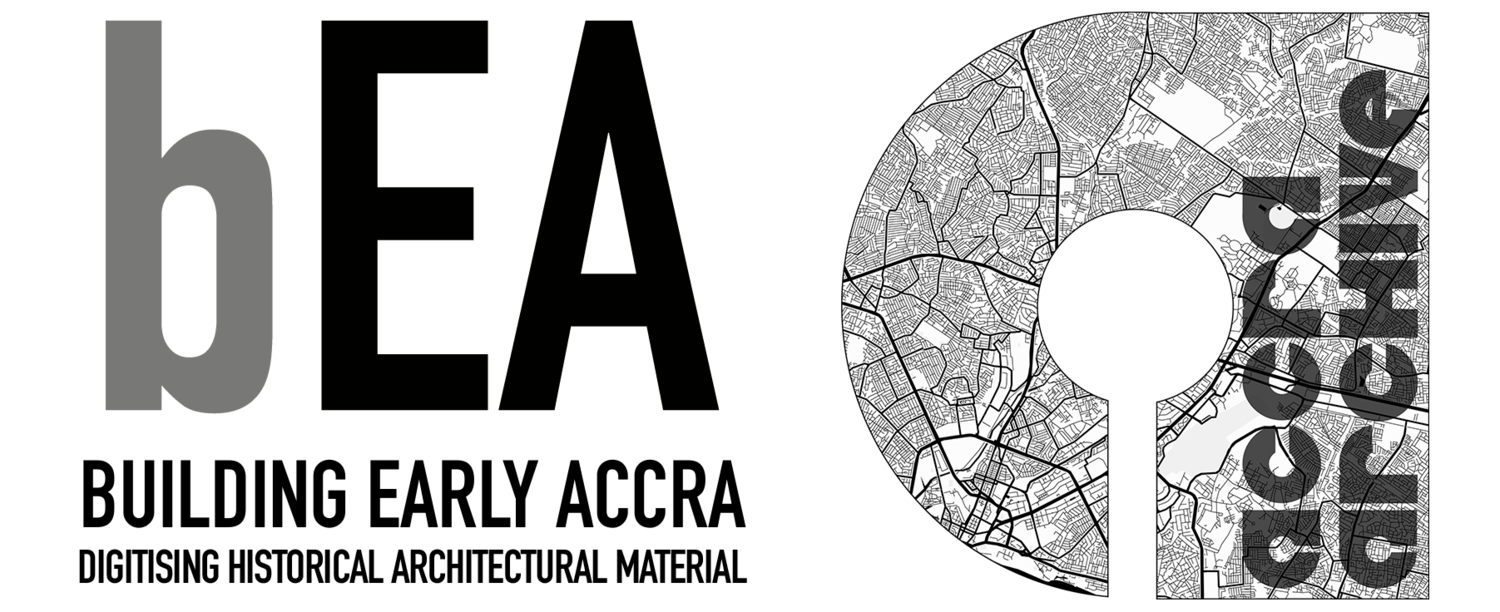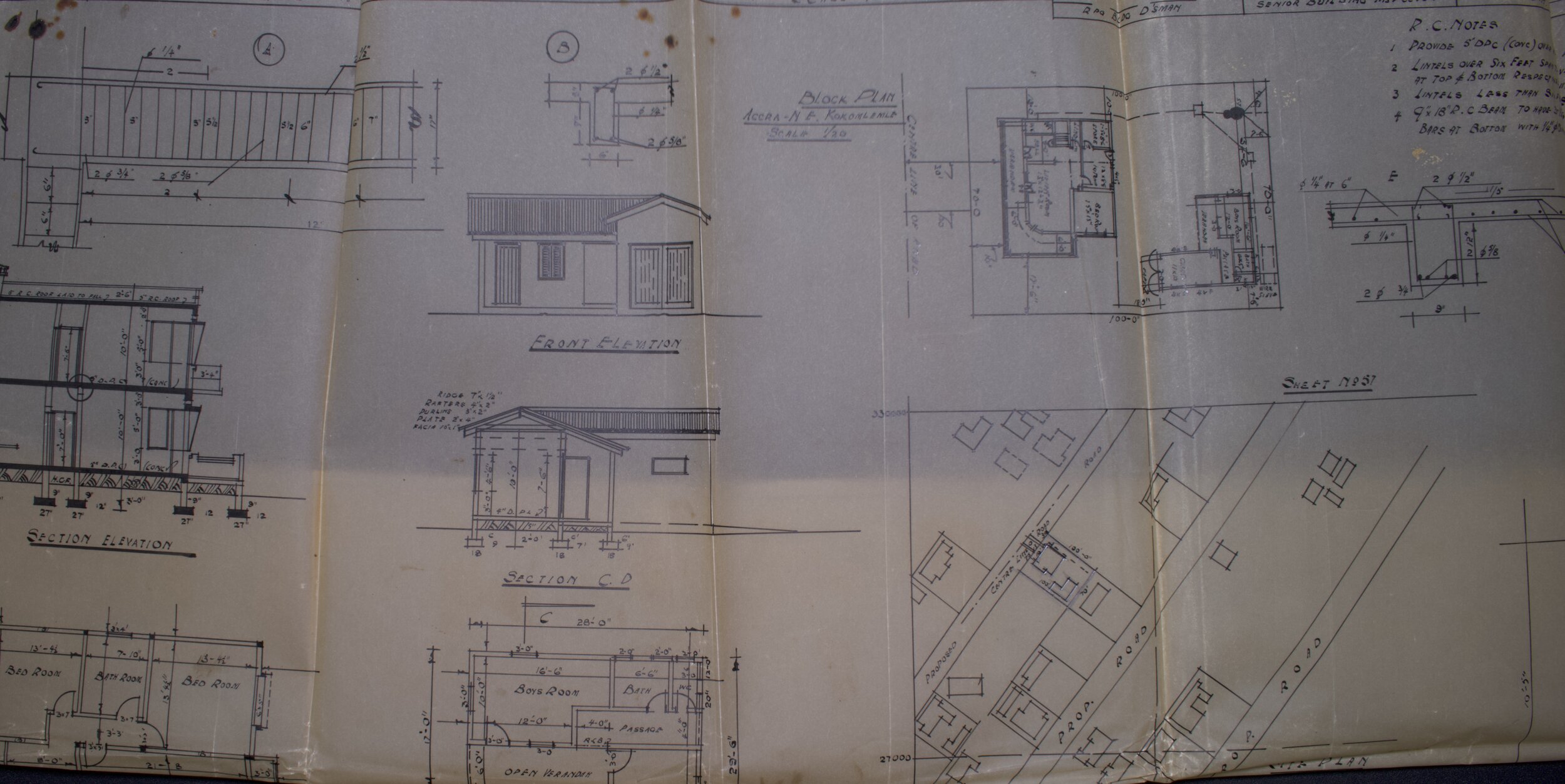Building in Accra: 1957
Written by Kuukuwa Manful, Lois Quartey and Elton Kwei
In July 1956 The Gold Coast Legislative Assembly, based in Accra, passed a vote for independence from the British Commonwealth. Following this, the date for Independence was set for March 6, 1957. On that date, Kwame Nkrumah became the first prime minister of the newly renamed Ghana.
This momentous event, and the political events leading up to it generated much excitement all over the Gold Coast and particularly in Accra as it was the capital of the colony, and soon to be capital of the new nation of Ghana.
The Accra Town Council - the institution responsible for regulating architecture and construction in the colonial city of Accra - got a whopping 1328 applications for building permits. For context, in the years preceding this, there were not more than 500 permit applications in any given year. Out of these applications submitted to The Council, 1003 were for permits to put up residential buildings. Of these, 778 were for single-level houses, 199 for were 2-level storey buildings and 18 were 3-level. 197 were applications to extend existing buildings. 1020 people applied for permits to construct outhouses in addition to their main residences. The building industry boomed.
It was not only residential buildings that were being planned. There were 42 permits for industrial buildings, 2 for Cinemas, 1 each for a billiards hall and a gymnasium. These were mostly privately-owned.
The state was also planning to build a lot. There were applications put in for The Ghana National Museum, The Ghana Housing Corporation and its predecessor The Gold Coast Housing Corporation.
Multinationals and foreign embassies also sought to establish footholds in Accra. The American Consulate General, Barclays Bank, BP West Africa, Le Francoise De L'Afrique, Messrs A. G Leventis Co. Ltd, Mobil Oil, Shell Company of West Africa and The United African Co. Ltd all put in applications to construct new buildings.
Other applications came in from the Catholic Mission, The Ghana Graphic Company, and The Syrian National Club.
Architectural Drawings for a Building Permit Application Submitted in 1957. 2-storey house and Outhouse.
Architectural Drawings for a Building Permit Application Submitted in 1957. 2-storey house and Outhouse.


